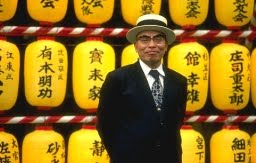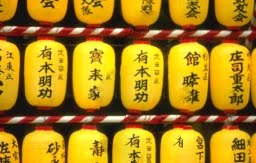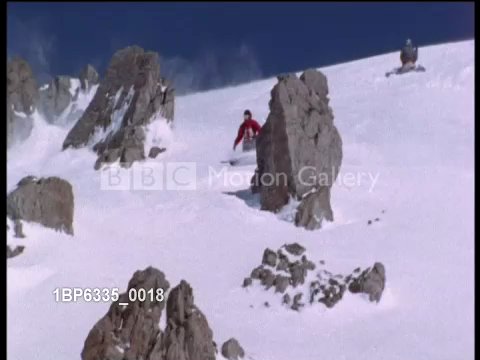Image Inpainting
Inpainting is the art of modifying an image in a form that is not detectable by an ordinary observer. There are numerous and very different approaches to tackle the inpainting problem, though as explained in this paper, the most successful algorithms are based upon one or two of the following three basic techniques: copy-and-paste texture synthesis, geometric partial differential equations (PDEs), and coherence among neighboring pixels. We combine these three building blocks in a variational model, and provide a working algorithm for image inpainting trying to approximate the minimum of the proposed energy functional. Our experiments show that the combination of all three terms of the proposed energy works better than taking each term separately, and the results obtained are within the state-of-the-art.
|
|
| A Comprehensive Framework for Image Inpainting, A. Bugeau, M. Bertalmio, V. Caselles, G. Sapiro, TIP 2010 |
| paper(pdf) |
| Combining Texture Synthesis and Diffusion for Image Inpainting., A. Bugeau, M. Bertalmio, VISAPP 2009 |
| paper(pdf) |
|
Video Inpainting
Video inpainting consists in recovering the missing or corrupted parts of an image sequence so that the reconstructed sequence looks natural. For each frame, the reconstruction has to be spatially coherent with the rest of the image and temporally with respect to the reconstructions of adjacent frames. Most of existing methods only focus on inpainting foreground objects moving with a periodic motion and consider that the background is almost static. In this paper we address the problem of background inpainting and propose a method that handles dynamic background (illumination changes, moving camera, dynamic textures...). The algorithm starts by applying an image inpainting technique to each frame of the sequence and then temporally smoothes these reconstructions through Kalman smoothing along the estimated trajectories of the unknown points. The computation of the trajectories relies on the estimation of forward and backward dense optical flow fields. Several experiments and comparisons demonstrate the performance of the proposed approach.


